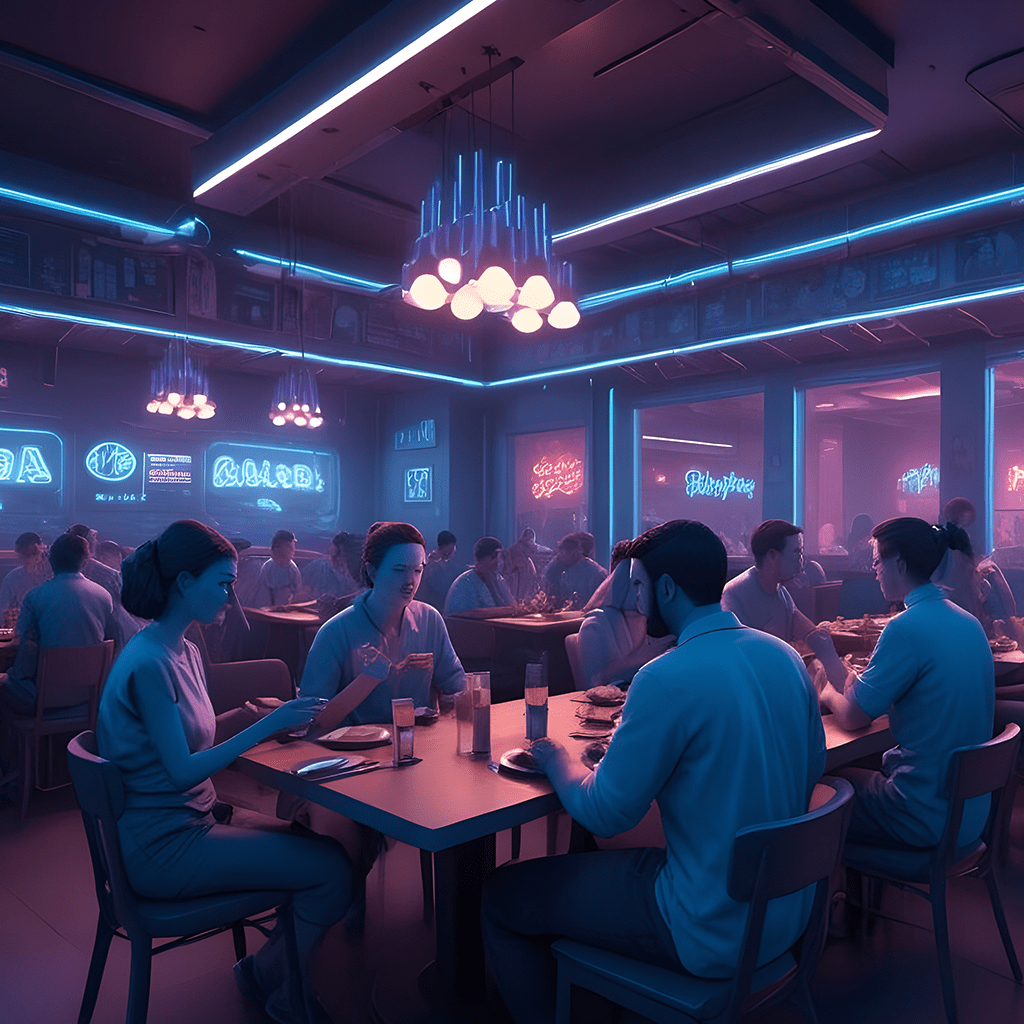Embark on a journey through the success stories of restaurants that have harnessed the potential of customer loyalty programs to drive engagement and retention. In this blog post, we showcase real-life case studies, exploring the strategies and tactics that propelled these establishments to new heights.
Real-world success stories offer invaluable insights into the practical application of rewards programs. Let’s delve into two compelling case studies:
- Case Study: Restaurant A
- Case Study: Restaurant A
After implementing a loyalty program, Restaurant A witnessed a 15% increase in customer retention within the first three months, resulting in a 12% boost in overall revenue. The success was attributed to a carefully crafted points-based system that encouraged frequent visits and higher spending. By rewarding customers with points for each purchase and offering attractive incentives, Restaurant A not only retained existing patrons but also attracted new ones eager to participate in the rewarding experience.
- Case Study: Restaurant B
Leveraging data analytics to personalize loyalty rewards, Restaurant B achieved a 30% increase in the frequency of customer visits and a 10% rise in average check size. By analyzing customer preferences and tailoring rewards to individual behaviors, Restaurant B created a more personalized and engaging loyalty program. This not only increased customer loyalty but also maximized the impact of each visit, contributing to a noticeable increase in revenue.
These case studies emphasize that a well-executed loyalty program can go beyond mere retention; it can drive substantial revenue growth and create a positive feedback loop of customer satisfaction and brand advocacy.
Measurable Impact on Retention:
To further highlight the tangible impact of restaurant rewards on customer retention, consider these data-driven insights:
– Restaurant Loyalty programs can reduce customer churn rates by up to 10%, as shown in a study by Bond Brand Loyalty. This reduction in churn translates directly to a more stable and consistent customer base.
– Research by Accenture demonstrates that loyal customers can spend 67% more than new ones over time. This increased spending from loyal customers contributes significantly to the overall revenue of a restaurant.
Lessons Learned and Replicable Strategies:
The success stories of Restaurant A and Restaurant B provide valuable lessons for designing effective loyalty programs:
- Strategic Reward Structures:
Both restaurants strategically designed their reward structures to incentivize behaviors that contribute to long-term success. Whether through points, personalized rewards, or tiered systems, the rewards were carefully aligned with customer preferences.
- Data-Driven Personalization:
Restaurant B’s use of data analytics showcases the power of personalization. By understanding customer behavior and tailoring rewards accordingly, they not only increased loyalty but also enhanced the overall customer experience.
- Consistent Communication and Promotion:
Both cases highlight the importance of consistent communication and promotion. Successful loyalty programs are not just implemented and forgotten; they are actively promoted to ensure awareness and adoption among customers.
In conclusion, the success stories shared here are not isolated instances but representative of the transformative impact loyalty programs can have on restaurants. The measurable outcomes, from increased customer retention to substantial revenue growth, demonstrate that a well-crafted loyalty program is an investment in the long-term success of your establishment.
As you consider implementing or refining your loyalty program, remember that the potential for improved customer retention and increased revenue is not just theoretical; it’s a reality supported by data and real-world success stories. If you’re eager to Consistent Communication and Promotion, we invite you to **book a demo** of our own cutting-edge loyalty program platform today.
Explore a real-world case study in our previous article for a firsthand look: Why Loyalty Programs Matter in the Restaurant Industry


